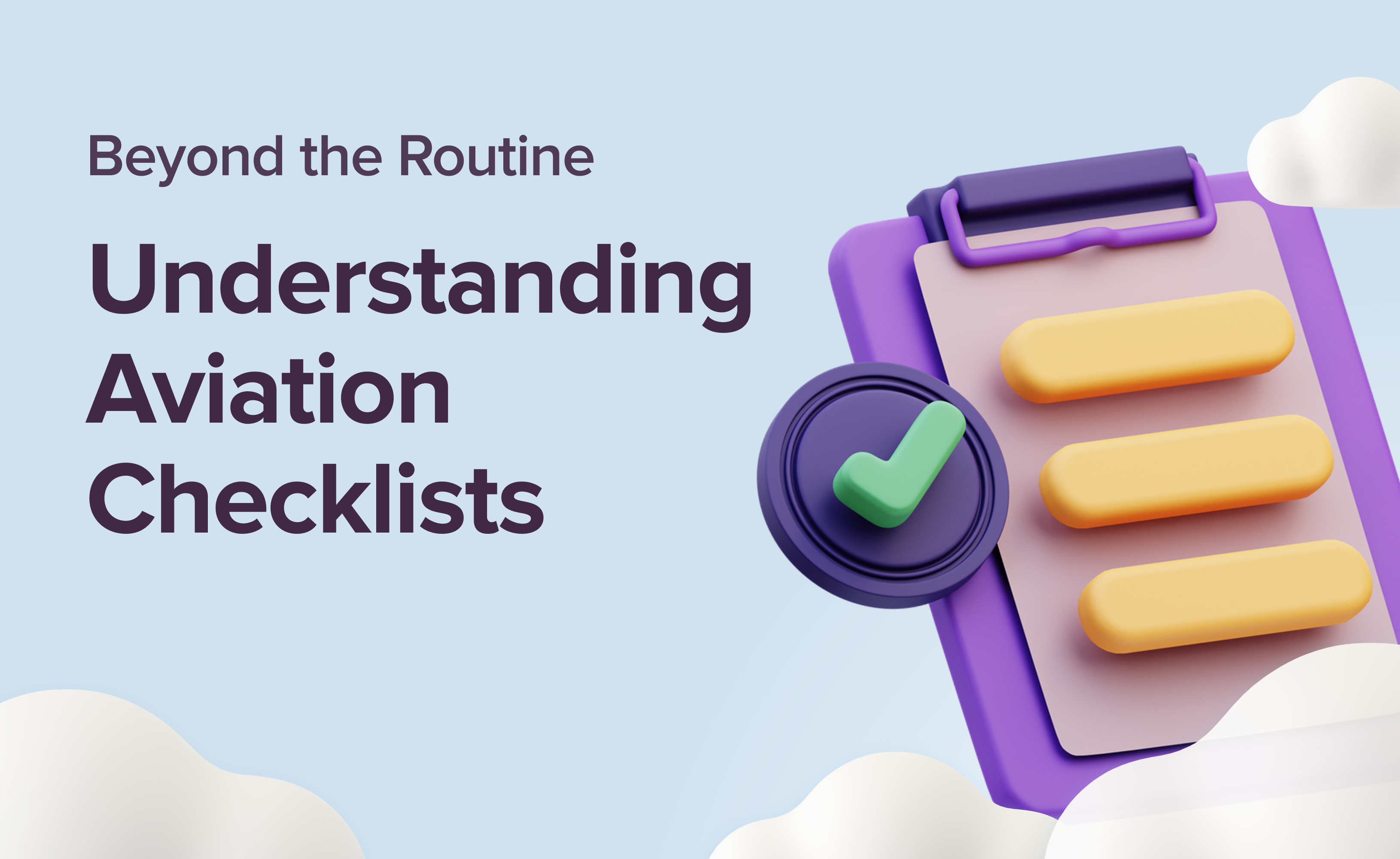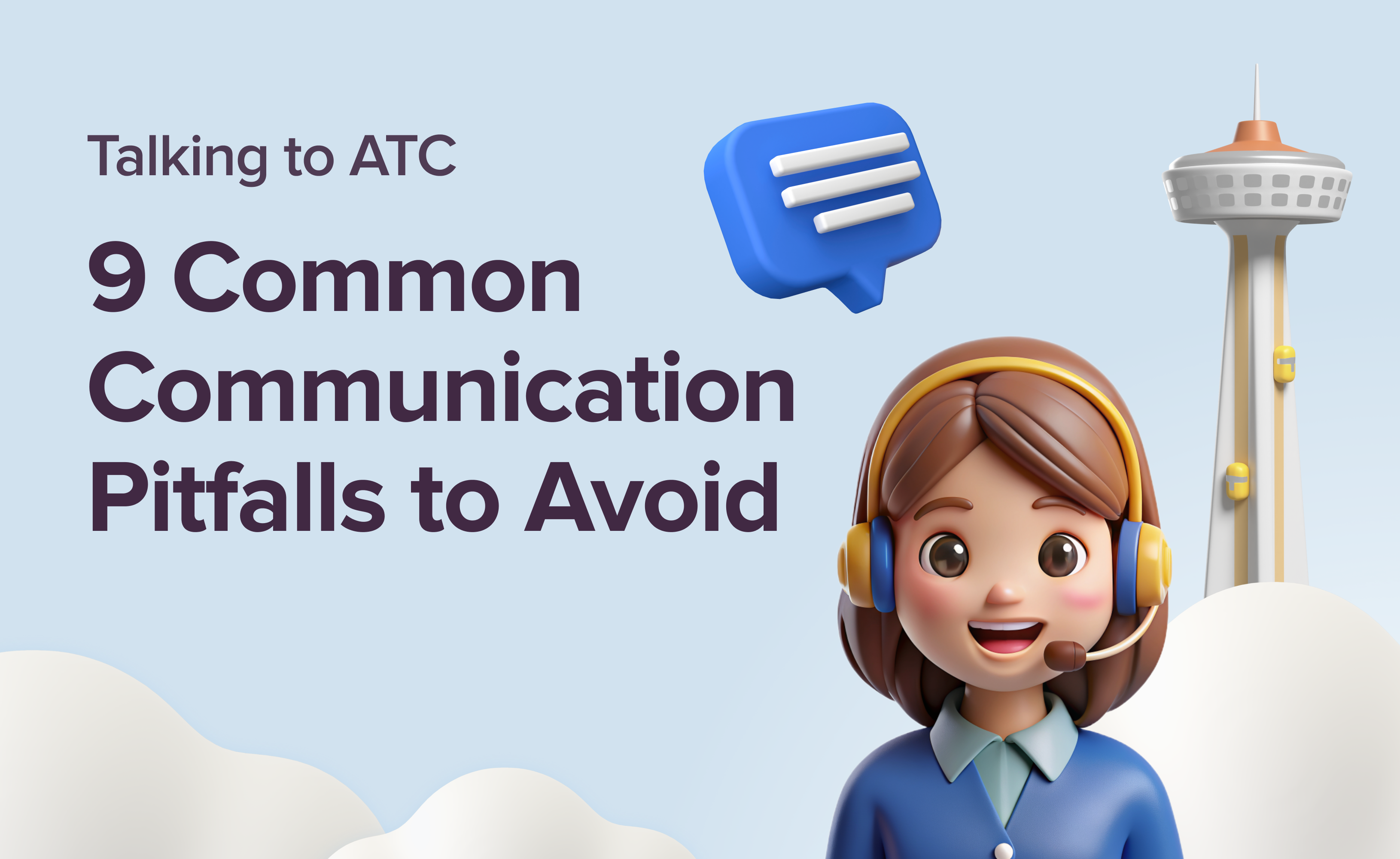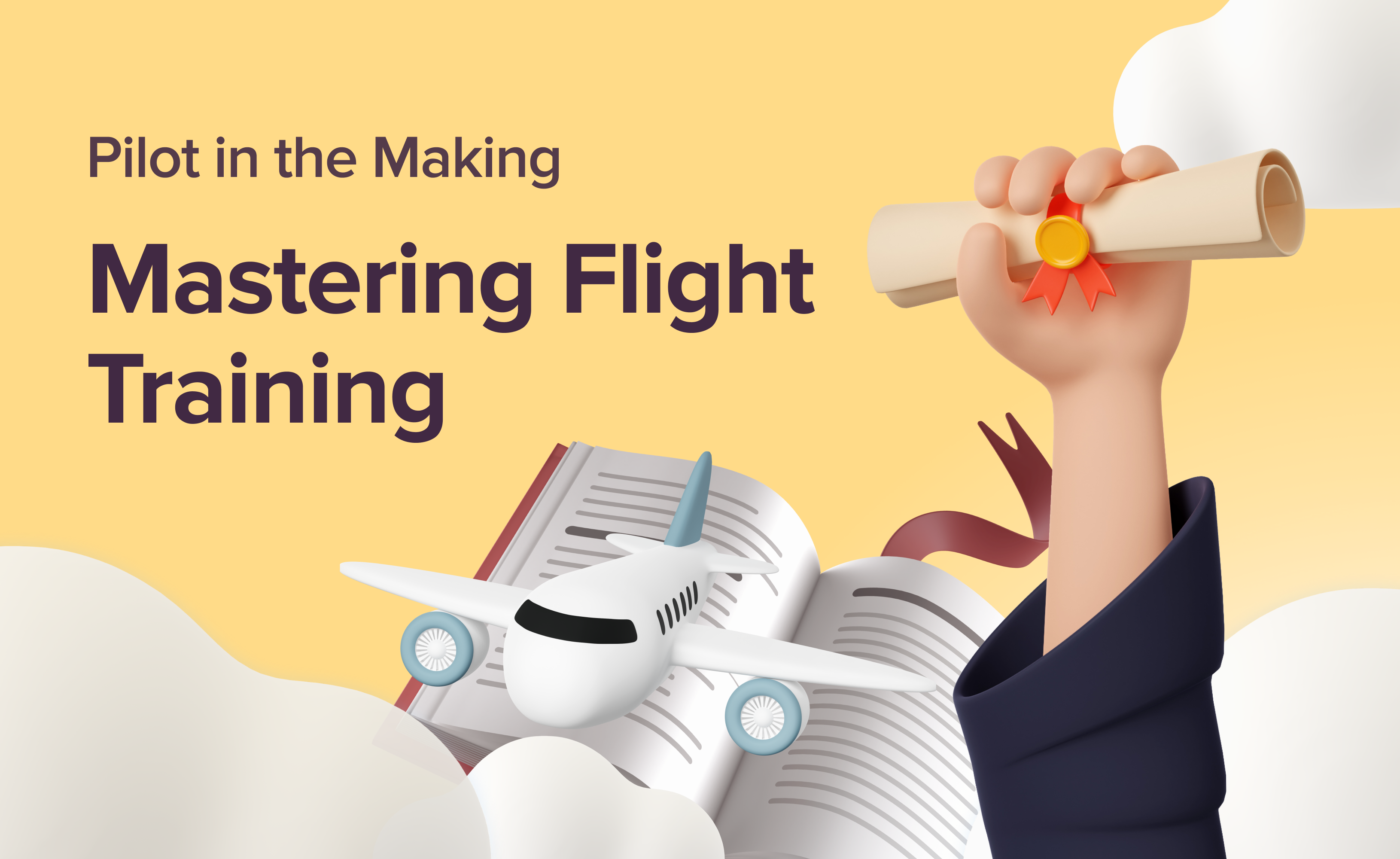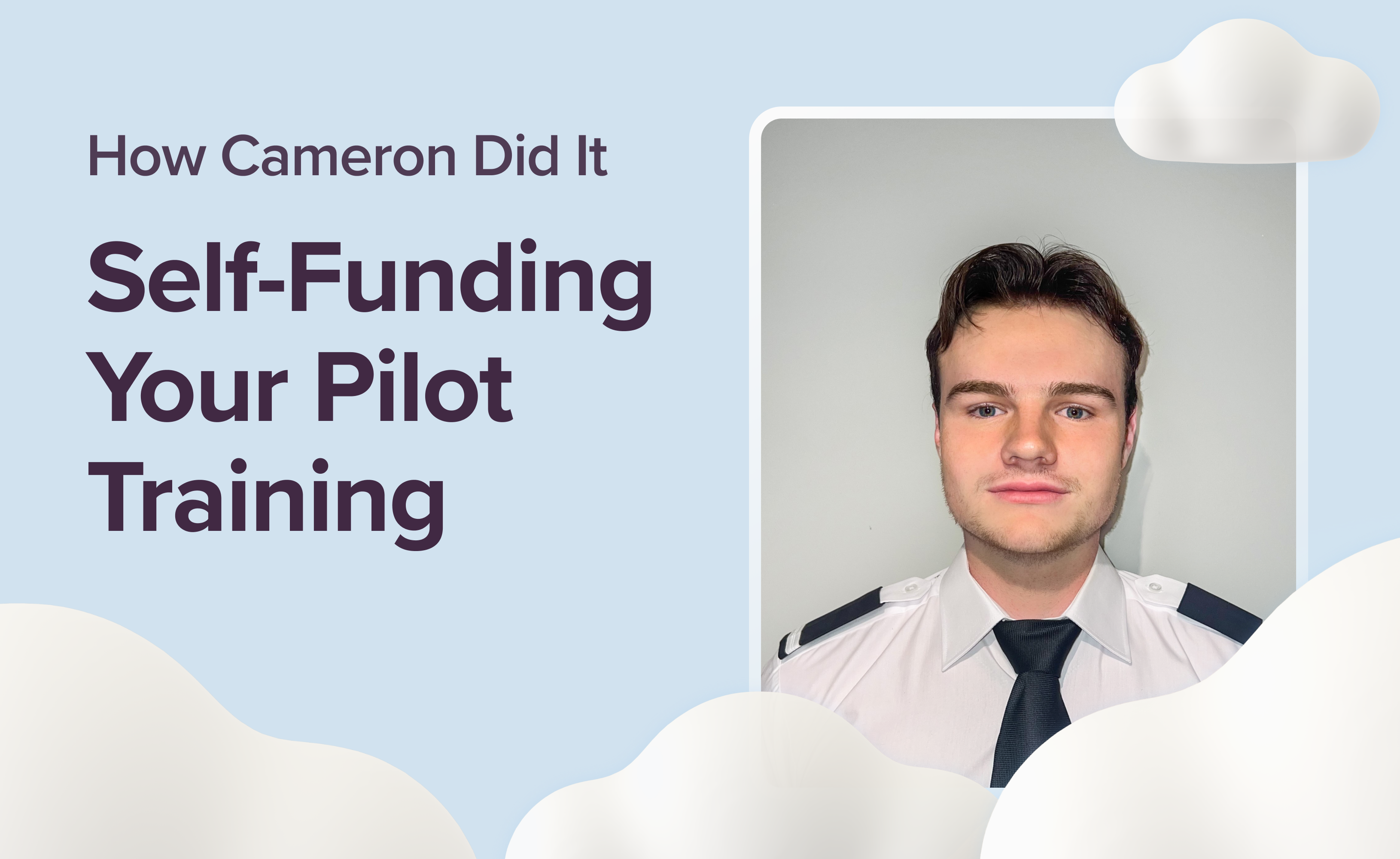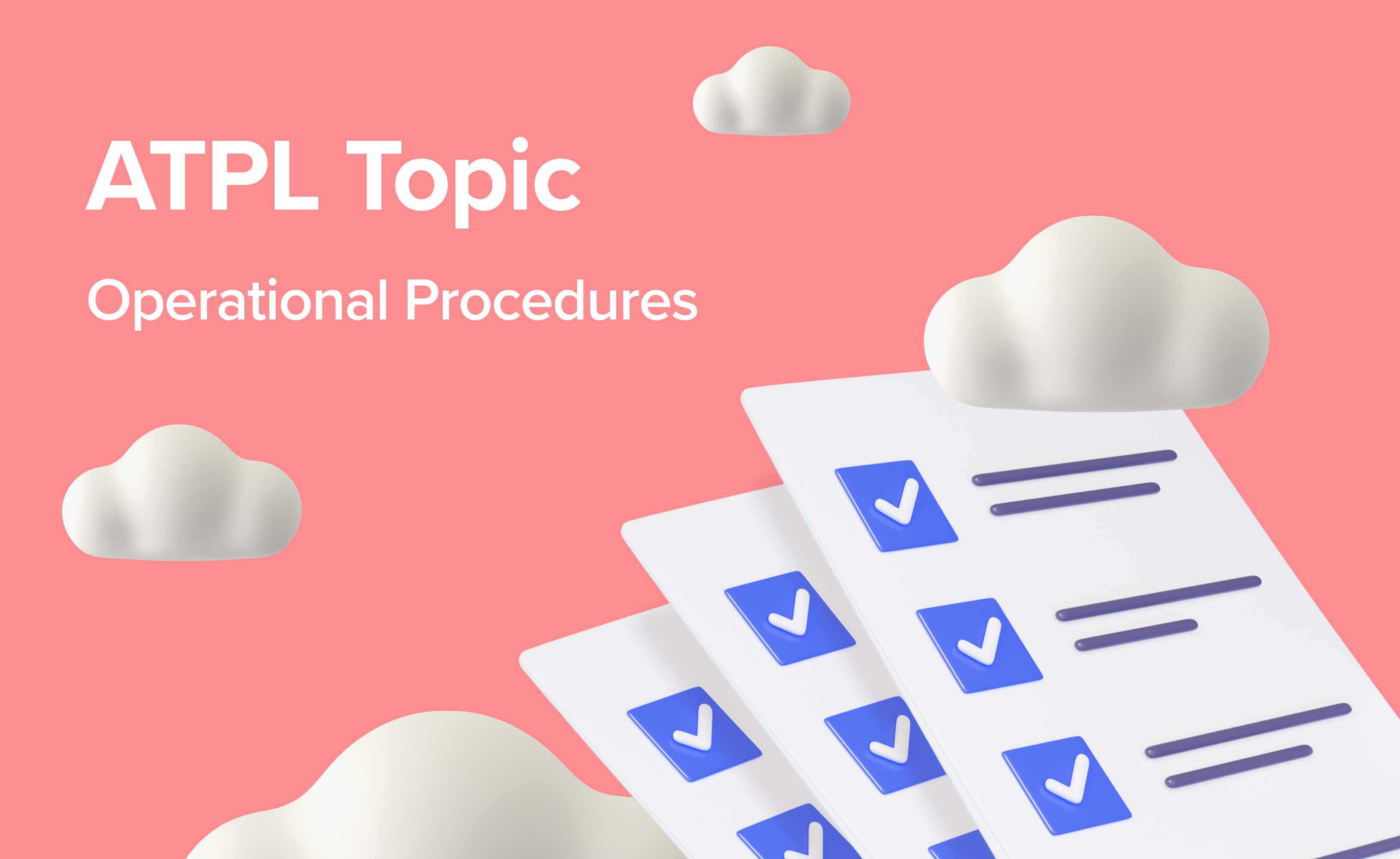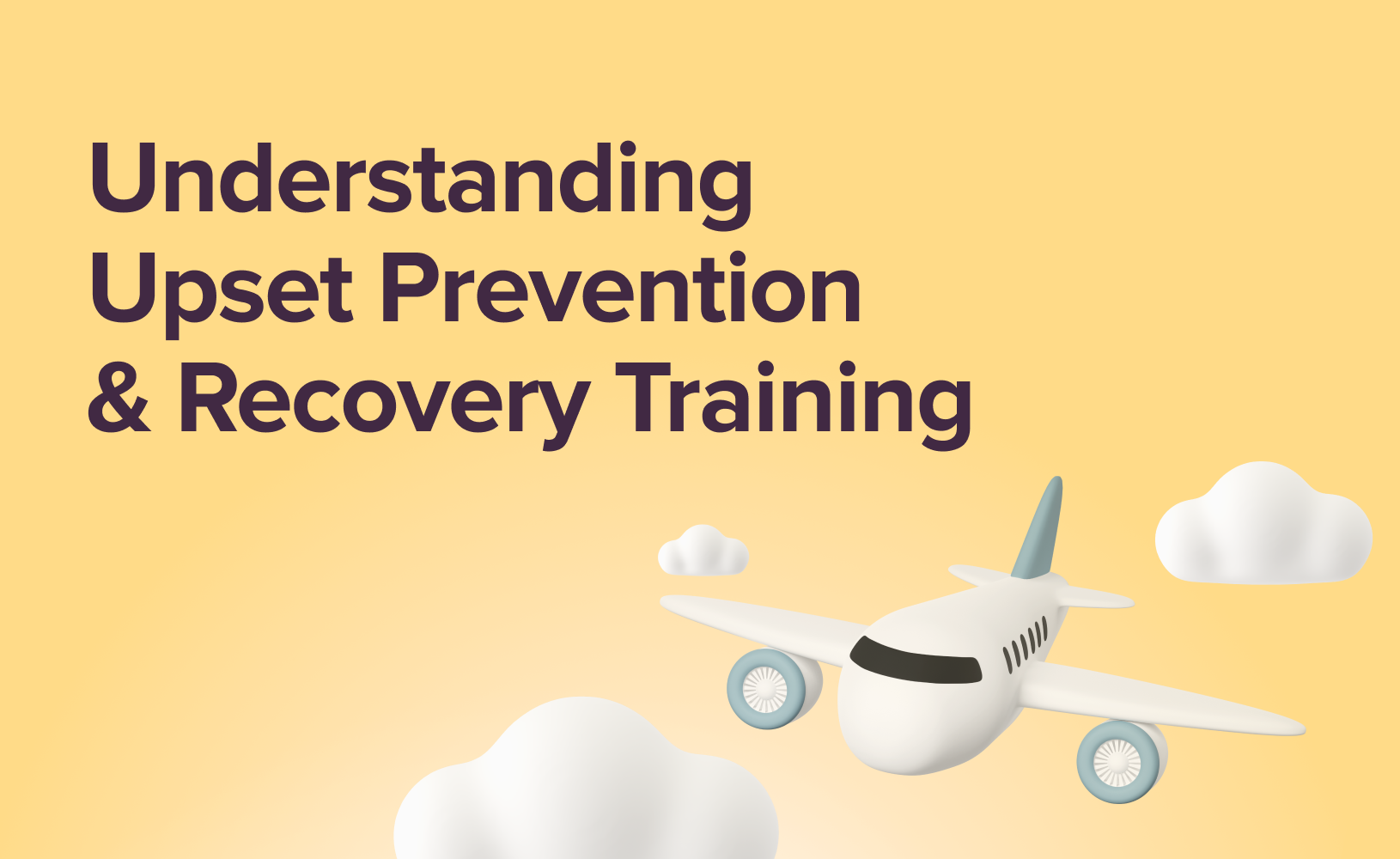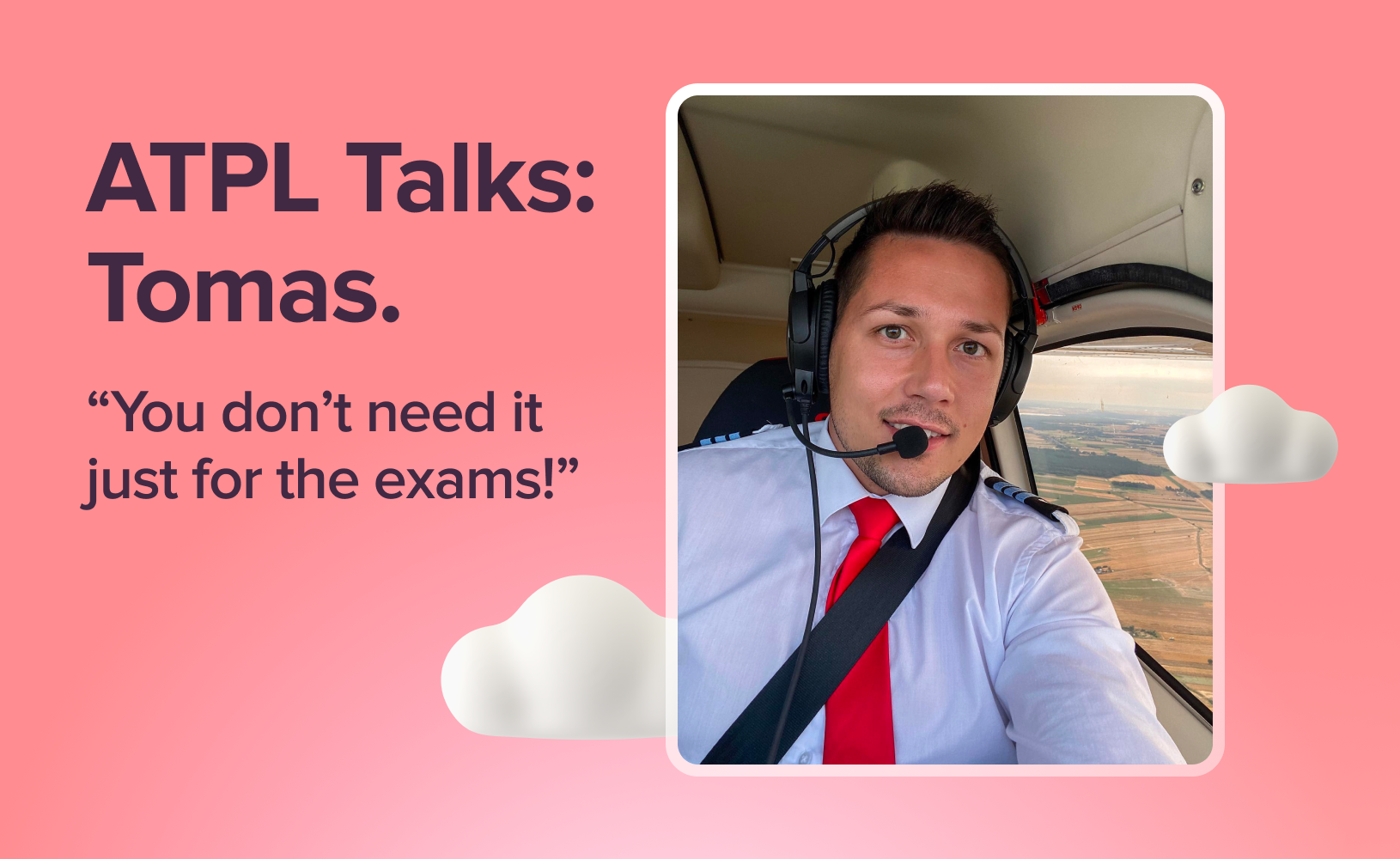Safe Flying: 11 Mistakes to Steer Clear Of

Despite advances in technology and training, many mistakes made by today’s pilots closely resemble those seen 75 years ago. While aviation safety continues to improve, certain patterns in pilot errors remain consistent across the decades. Whether you're a student pilot, an aspiring aviator, or an experienced flyer in the UK, you must be aware of these common pitfalls.
Pilots often face “danger zones” at different career stages, yet many fail to pay attention to the warning signs.
According to the AOPA Air Safety Foundation, novice pilots, particularly, are more prone to accidents within their first 80 to 120 flight hours — especially after earning their private pilot licence and beginning to fly solo more frequently. Transitioning from instructor-led flights to independent flying can lead to overconfidence or a lack of proficiency, resulting in a higher accident rate.
Experienced flight instructors regularly observe a recurring pattern among pilots: a period of increased risk around the 500-hour mark. While this phenomenon is not exclusive to any particular group, it's particularly noteworthy even among those with advanced military training.
The root of this issue lies in a growing sense of overconfidence. As pilots accumulate flight hours, they may become more accustomed to routine operations, leading to complacency and a diminished awareness of potential hazards. This can manifest in pushing aircraft beyond their limits or neglecting to address developing bad habits. However, studies suggest that this trend may reverse as pilots surpass the 500-hour threshold. Beyond this point, the correlation between flight hours and accidents appears to weaken.
The good news? By being aware of these common mistakes, you can take proactive steps to maintain your proficiency and avoid the traps many pilots fall into.
Interested in the latest advancements in pilot training? Read our blog post, Pilots of the Future: How Technology Shapes Flight Training, to learn more.
1. VFR into IMC

One of the most dangerous mistakes a pilot can make is flying into weather they aren’t equipped to handle. Visual Flight Rules (VFR) pilots often get caught in poor weather, losing visibility and flying into Instrument Meteorological Conditions (IMC) without the training or equipment to manage it. Surprisingly, most weather-related accidents don’t happen due to thunderstorms or ice. Instead, they occur because pilots misjudge their position in non-radar environments or simply lose control of the aircraft in poor visibility.
A significant risk is CFIT (Controlled Flight Into Terrain), where a pilot inadvertently flies a perfectly functional aircraft into the ground or an obstacle. Typically, the cause is a pilot becoming “mission-focused,” determined to complete the flight despite deteriorating conditions. This is exacerbated by the fact that weather forecasting isn’t always accurate, and pilots sometimes press on even when warning signs suggest they should turn back.
How to avoid this: Always thoroughly check and understand weather forecasts before flying. If conditions are borderline, it’s better to delay or cancel the flight. If you're flying and encounter unexpected weather, decide promptly to divert or turn back. Getting an Instrument Rating (IR) is a great way to mitigate the risk of VFR into IMC, as it provides the training necessary to fly safely using instruments when visibility is poor.
Want to understand the nuances between VFR and IFR flying? Read our blog post, Beyond the Clouds: VFR vs. IFR, for a comprehensive explanation.
2. Low-Level Control of Flight

Flying close to the ground increases the chance of accidents, particularly during low-level manoeuvring. These incidents typically involve stalls or spins when a pilot flies too slowly or turns too sharply, often during the approach phase. While steep, tight approaches may be necessary for military pilots landing on aircraft carriers, they are hazardous for general aviation pilots flying smaller aircraft. In fact, stall/spin accidents are a leading cause of low-altitude crashes, with minimal room for recovery.
A common factor in these accidents is misjudging airspeed or bank angle, resulting in an unrecoverable stall close to the ground. In addition, low-level flying leaves little margin for error when it comes to wind shear, although it is a relatively rare hazard.
How to avoid this: Always maintain adequate airspeed during approach, and avoid tight, steep turns when you’re close to the ground. Keep your approaches smooth and stable. Practice recovery techniques in a safe environment to ensure you’re prepared if a stall or spin occurs, but remember that prevention is the key.
Looking to strengthen your understanding of flight principles for your ATPL exam? Check out our in-depth blog post, ATPL Topic: Dive into Principles of Flight.
3. Intentional Buzz Jobs

Buzz jobs — flying dangerously low over the ground for the thrill of speed—are a notorious cause of accidents. The closer you are to the ground, the faster you perceive your speed, which can tempt some pilots to push their limits. This might be thrilling over open countryside, but it's dangerous and often illegal over populated areas. Regulations require a minimum altitude of 1,000 feet (0.3 km) over built-up areas and 500 feet (0.15 km) over rural areas, but some pilots ignore these rules for a thrill.
While some low-level flying is necessary for tasks like crop dusting or pipeline patrol, deliberately flying low without a reason can lead to misjudgments and crashes. It’s easy to hit obstacles like power lines or trees when flying too close to the ground, or to lose control entirely.
How to avoid this: Stick to the altitude regulations. If you want to fly low, ensure it’s for a legitimate reason and that you’ve been trained for low-altitude manoeuvres. Always be aware of your surroundings, especially when flying near obstacles or in unfamiliar terrain.
Understand the critical role of human factors in aviation safety and avoid common pitfalls by reading our blog post, The Dirty Dozen: 12 Critical Human Factors.
4. Botched Take-offs

Take-offs are a critical phase of flight, and while they may seem straightforward, they’re a common point of failure. During take-off, the aircraft is accelerating and moving away from the safety of the airport, meaning any mistakes can have serious consequences. One major risk is stalling during take-off due to an inadequate climb speed or attempting to climb too steeply.
Impact forces increase dramatically as speed increases, so take-off accidents are often more severe than landing mishaps. While you might expect take-off to be a simple matter of accelerating and climbing, it requires careful attention to the aircraft’s speed, weight, and configuration.
How to avoid this: Always perform thorough pre-flight checks and ensure the aircraft is configured correctly for take-off. Maintain a steady climb speed and avoid the temptation to lift off too early or climb too steeply. Stick to a standard take-off procedure and ensure you have enough runway before attempting to lift off.
Preparing for your ATPL exam? Learn about the 10 most common pitfalls to avoid in our informative blog post, 10 ATPL Exam Prep Pitfalls to Watch Out For.
5. Landing Incidents

Landing is another common area where pilots make mistakes, largely because it occurs at slower speeds where control inputs are less effective. As the aircraft decelerates, it becomes less responsive, making crosswind landings, flare height misjudgments, and speed control more challenging. Additionally, factors like high-density altitude (where the air is thinner), short runways, or fast approaches can contribute to landing errors.
Landing accidents often happen when pilots either land too long on short runways or
overcompensate by landing short. Crosswind landings are a frequent cause of incidents, as pilots struggle to maintain control when wind conditions are not optimal.
How to avoid this: Practice crosswind landings regularly, and always perform a thorough assessment of the runway conditions and length before landing. Maintain proper airspeed during approach and focus on smooth, controlled landings. Always be prepared to go around if the landing isn’t stable—there’s no shame in aborting a poor approach.
6. Running Out of Fuel

It seems almost unimaginable, but running out of fuel is a surprisingly common cause of accidents. Pilots often push their range, skipping potential fuel stops, and end up landing just short of the runway with empty tanks. Bruce Landsburg of the AOPA Air Safety Foundation explains that pilots can develop a “get-there-itis” mentality, which leads to poor decision-making. In some cases, they may overfly several perfectly viable airports, only to run out of fuel before reaching their destination. This type of accident frequently happens just a few miles or even yards from a safe landing, all because of a failure to refuel in time.
Fuel gauges can also contribute to these accidents. Older aircraft, or those with certain designs, may display inaccurate fuel levels. For example, on planes with high dihedral wings, checking the fuel tank visually may not provide an accurate reading because of the wing angle, even when the tanks are only half full.
How to avoid this: Never rely solely on fuel gauges or visual checks. Use precise fuel management, and always plan for contingency stops. It’s better to stop for fuel and arrive late than risk running out mid-flight. Build in a safety buffer, and remember that stopping for fuel might not significantly impact your total travel time.
Looking to gain a deeper understanding of the airline industry? Don't miss our latest blog post, Getting to Know the Airline Industry: 20 Insights from Flight Insiders.
7. Mechanical Preflight Issues
Skipping a thorough preflight check is another common mistake that can lead to serious mechanical issues during flight. This is particularly common with rental aircraft, where the pilot may not be familiar with recent maintenance or changes in the aircraft’s condition. Even minor issues—like a door that wasn’t latched properly—can become a major distraction if not addressed during preflight.
For instance, pilots often panic when a door pops open during takeoff. While the noise and airflow might be alarming, it rarely poses a threat to flight safety. Unfortunately, some pilots overreact, becoming so distracted that they crash. Similarly, forgetting to latch baggage or oil doors, or failing to remove control locks, can create unnecessary emergencies.
How to avoid this: Always complete a thorough preflight inspection, no matter how familiar you are with the aircraft. Take extra care when flying a rental or borrowed plane, as its condition may differ from your last flight. In the air, if something minor happens, stay calm and manage the situation without panicking.
8. Getting Lost

With the availability of affordable and advanced GPS systems, getting lost seems like a problem of the past. However, pilots still manage to lose their bearings, even on short flights. Disorientation can occur due to weather conditions such as haze, which obscures landmarks like roads and buildings, making visual navigation more difficult.
Even before the era of GPS, navigation was possible through basic pilotage and dead reckoning. Charles Lindbergh famously navigated across the Atlantic in 1927 using just these techniques, covering 3,610 miles (ca. 5,810 km) in 33.5 hours. Yet, despite modern tools, pilots sometimes find themselves lost on far shorter trips, often due to over-reliance on technology or a lack of basic navigation skills.
How to avoid this: Always have a backup navigation method in place. Know how to use VOR's or plan your route using visual landmarks in case your GPS fails. Practice basic navigation techniques like dead reckoning, and avoid flying in conditions that might hinder your ability to navigate visually if you’re not IFR-rated.
Gain a strong foundation in general navigation, a crucial aspect of ATPL training, by reading our blog post, ATPL Topic: Basis of General Navigation.
9. Pilot-Initiated Emergency Landings
Pilots sometimes create emergencies by mishandling the aircraft’s systems. Mismanaging fuel mixtures, neglecting oil levels, or improperly using fuel pumps can lead to engine failure. For instance, running the engine too lean to match “book” power settings can cause overheating or engine failure. Similarly, failing to check the oil before takeoff can result in the engine running out of lubricant mid-flight, leading to catastrophic failure.
Fuel pump mishandling is another common error. On some aircraft, the electric fuel pump must be used during take-off and landing, but if left on at the wrong time, it can flood the engine and cause it to stall.
How to avoid this: Get to know your aircraft’s systems and follow the manufacturer’s instructions. Always double-check oil levels and fuel settings before flight, and review engine management techniques regularly to avoid pilot-induced emergencies. Regular training on emergency procedures is also crucial to handling unexpected issues calmly and effectively.
10. Miscellaneous Dumb Stuff

Lastly, there’s the category of small, often embarrassing, mistakes that many pilots have experienced. Forgetting the keys, leaving the master switch on (draining the battery), or failing to untie the plane are all common errors that don’t typically result in accidents but certainly highlight the importance of proper planning and discipline. These are frequently the result of rushing through preflight checks or being distracted, and while they might not lead to danger, they can delay your flight or cause inconvenience.
One of the most notable examples is leaving the aircraft chocked or tied down before starting the engine —leading to a quick realisation that you’re going nowhere fast!
How to avoid this: Develop and stick to a consistent preflight routine. Don’t rush or skip steps, even when you’re in a hurry. Checklists are your friend—use them to ensure you haven’t forgotten any crucial steps. Taking the time to plan properly can help prevent these small but frustrating errors.
11. Post-Break Confidence
After a period away from flying, many pilots overestimate their abilities and jump back into the cockpit without proper practice. This leads to poor decision-making, rusty flight skills, and an increased chance of errors, especially in high-pressure or emergency situations. Even experienced pilots are susceptible to skill fade after time away from flying.
How to avoid this: After any extended break, take time to get back into flying gradually. Book refresher flights with an instructor or practise in a simulator to rebuild your confidence and skills. Never assume that your abilities are the same after time off—proficiency is built through regular practice.
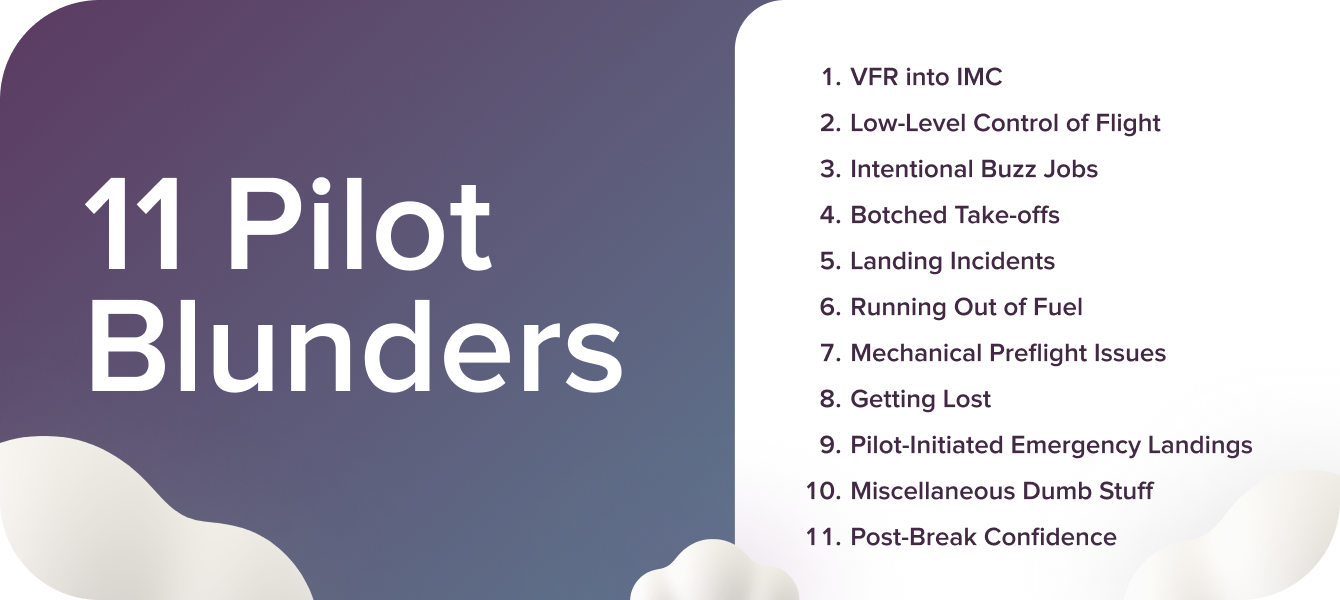
Airhead's Takeaway
Flying is exhilarating, but it requires discipline, attention, and respect for the process. These pitfalls are easy to make, but with the right mindset, preparation, and awareness, they can be avoided. You can make your flying safer and more enjoyable, ensuring each flight is as smooth and error-free as possible.
Stay proficient, recognise your limits, and make smart, timely decisions. All of these are the keys to staying safe in the air.





